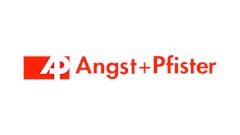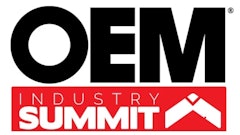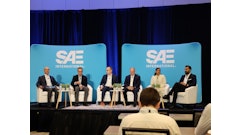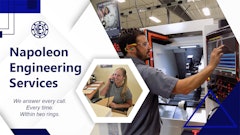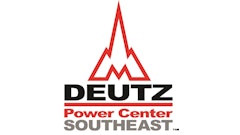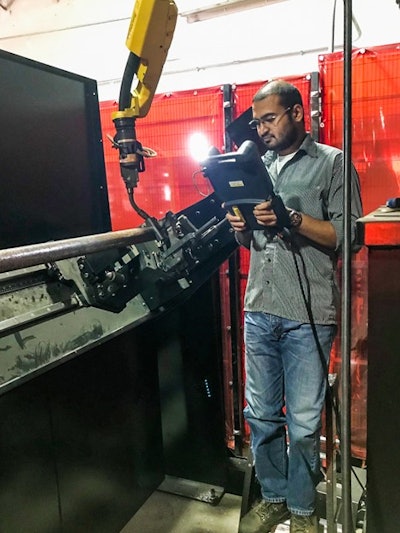
Construction and agriculture fleets put unique demands on equipment trailers: high gross vehicle weight rating (GVWR), shifting center of gravity, torsional inputs from uneven sites, and duty cycles that punish welds and joints. Failures often trace back to four areas:
- Underspecified structures
- Variable welding
- Axle/brake mismatches to real load cases
- Inconsistent processes across plants
The following summarizes a set of practices — methods, measurements and pitfalls to avoid — our teams implemented across multiple sites to address those risks.
1. Design for Safety First, Then Lighten Intelligently
Start by defining real load cases: static payload, dynamic events (pothole/curb impulses), off-axis torsion from jobsite turns, and fatigue over service life. Run Finite Element Analysis (FEA) to identify stress concentrations and stiffness needs, then apply Design for Manufacturing and Assembly (DFMA) so the design can be built the same way every time.
- Weight reduction without regret — We’ve cut weight by optimizing cross-sections and load paths, not by shaving material indiscriminately. The litmus test: payload efficiency up while meeting National Association of Trailer Manufacturers (NATM) and Federal Motor Vehicle Safety Standards (FMVSS) requirements and maintaining deflection limits over time.
- Preload concepts for durability — When long beams are prone to “smile” (sag/creep), consider geometries that build stiffness into the section — validated virtually and with instrumented test frames — so you’re fighting deflection before it starts.
- Axle placement math matters — Stability, tire life and braking effectiveness depend on correct axle group placement relative to the center of gravity (CG). Make the calculation a controlled document, not tribal knowledge.
What to avoid: chasing extreme lightness without fatigue validation; adding exotic materials that complicate repairability for fleet operators.
2. Engineer Welding Cells, Don’t Just Add Robots
A robot alone doesn’t fix variability. Engineer the entire cell: fixtures, datums, sensing, weld procedures and verification.
- Fixtures and datums — Design fixtures that force correct presentation of parts. Datums should make wrong assembly physically difficult.
- Sensing and power — Non-contact laser sensing helps with joint location; tuned power sources improve penetration consistency.
- Procedures aligned to AWS D1.1. — Create and control Welding Procedure Specification (WPS) and Procedure Qualification Record (PQR), train operators to those procedures, and verify with Certified Welding Inspector (CWI)-backed checks.
- Cycle time with quality — In targeted cells we achieved greater than 85% cycle efficiency while reducing rework—because quality was built in, not inspected in.
What to avoid: “Drop-in robots” without fixturing and process control; treating weld parameters as set-and-forget across different sections and heats.
 Triple Crown Trailers
Triple Crown Trailers
3. Spec Discipline for Axles and Brakes
Underspecced running gear is a hidden risk in off-highway duty. Treat axle/brake selection as an engineering exercise:
- Axle capacity and margins — Size for actual worst-case load paths, not just nameplate GVWR. Include dynamic impact and duty mix.
- Brake thermal performance — Consider fade resistance with repeated stops on grades and muddy sites; verify torque targets under heat.
- Wheel-end durability — Choose sealing and lubrication (oil vs. grease) based on environment, maintenance culture, and inspection intervals; standardize hub/bolt patterns for field serviceability.
- Anti-lock braking system (ABS)-readiness and stability aids — As advanced systems penetrate the segment, ensure sensor placement, harness routing, and signal quality are designed-in, not afterthoughts.
What to avoid: assuming highway duty validates off-highway duty; “copy/paste” specs when payloads or CG height change.
4. Standardize Once, Scale Everywhere
A good design still fails without consistent execution. We invested in standardization so each plant builds the same product the same way.
- Bills of material (BOM)/routings in enterprise resource planning (ERP) system — A single source of truth prevents tribal variants; purchasing, production, and engineering pull from the same data.
- Digital work instructions — Visual, step-wise instructions reduce training time and cut errors; tie revisions to the ERP item so travelers are always current.
- Common fixture libraries — Make fixturing a shared asset; it shortens launch time and improves repeatability across sites.
- Closed-loop change control — Any change hits drawings, work instructions (WIs) and training together — no orphan processes on the floor.
Results (representative): In one implementation, we doubled throughput at a legacy site and brought a greenfield facility to run-ready in months by launching with standardized fixtures, ERP-linked documentation and trained teams.
5. Build the Workforce You Need
Safety and consistency improve when people understand the why. We’ve had success with:
- Mentorship ladders for drafters, technicians, and supervisors—mixing classroom modules (Geometric Dimensioning and Tolerancing (GD&T), weld symbols, safety margins) with hands-on labs (fixture setup, datum checks, torque procedures).
- A 12-week CAD-to-robot program that walks early-career engineers through design rules, fixturing, and programming basics, aligned to compliance requirements.
What to avoid: “train once and forget it.” Skills decay; treat training as an ongoing system.

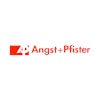
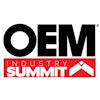
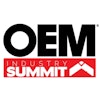
![Hcm Ax Landcros Press Release[32] jpg](https://img.oemoffhighway.com/mindful/acbm/workspaces/default/uploads/2025/11/hcmaxlandcros-press-release32jpg.mAEgsolr89.jpg?auto=format%2Ccompress&fit=crop&h=167&q=70&w=250)
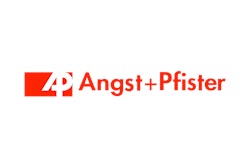
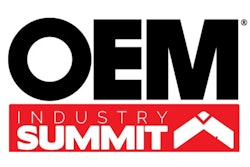
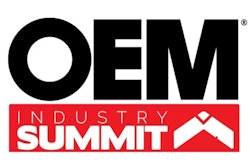

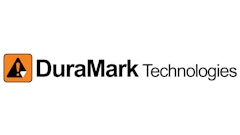
![Hcm Ax Landcros Press Release[32] jpg](https://img.oemoffhighway.com/mindful/acbm/workspaces/default/uploads/2025/11/hcmaxlandcros-press-release32jpg.mAEgsolr89.jpg?ar=16%3A9&auto=format%2Ccompress&fit=crop&h=135&q=70&w=240)
